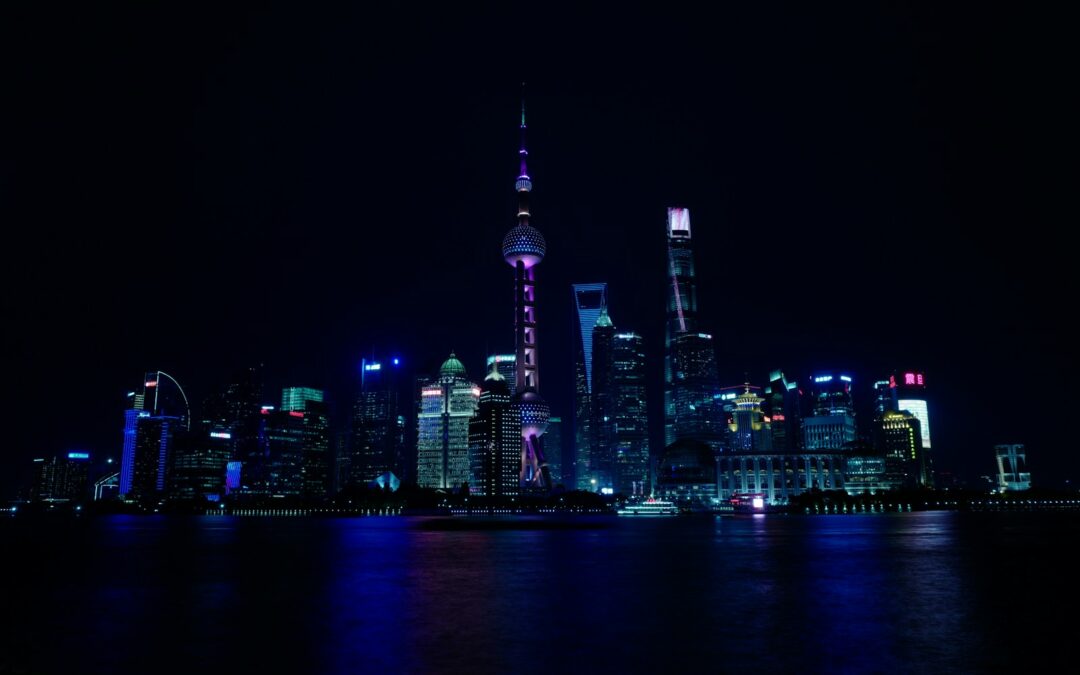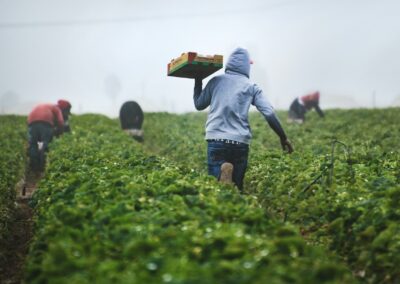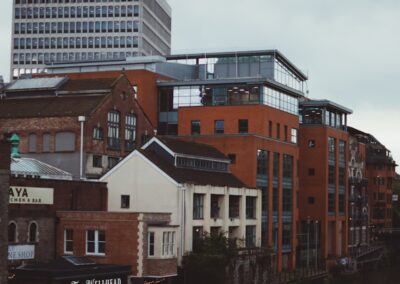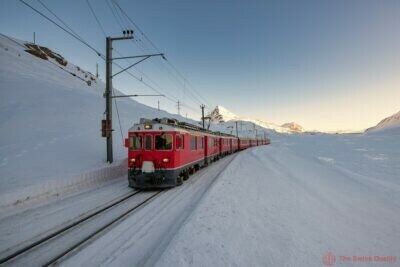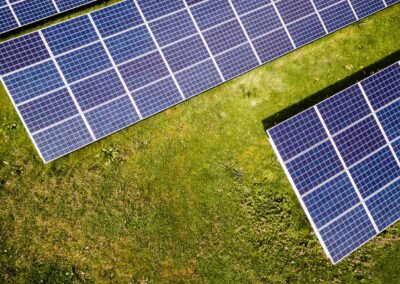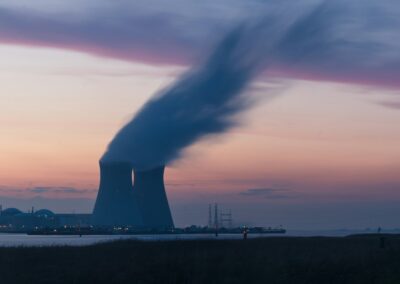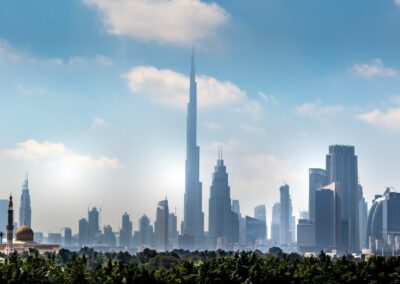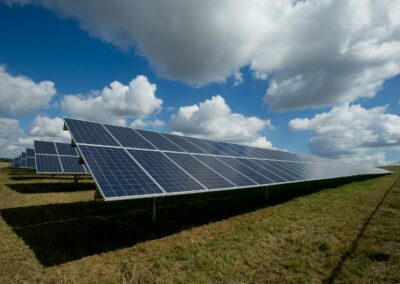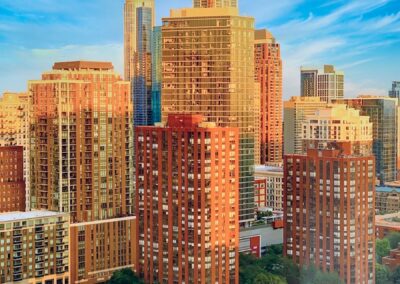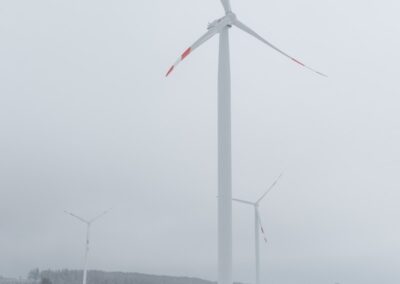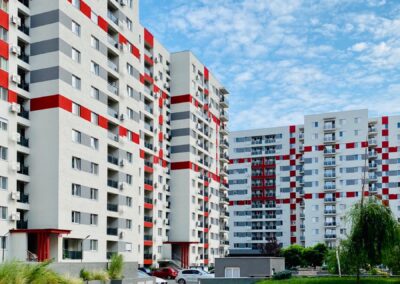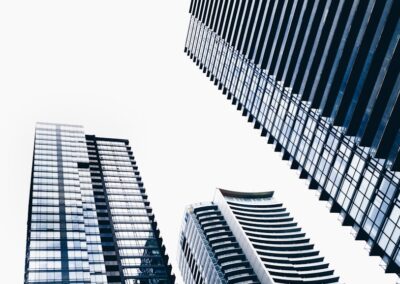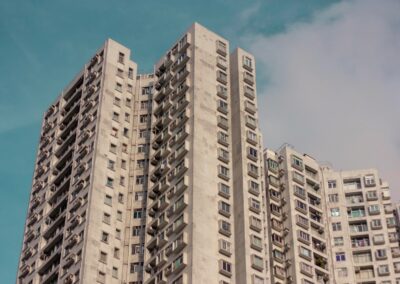Integrating Sustainable Agriculture into Urban Skyscrapers
The Concept of Vertical Farms in High-Rise Buildings
The concept of incorporating vertical farms in high-rise buildings is gaining traction as cities like Riyadh and Dubai seek sustainable solutions for urban development. Vertical farms in high-rise buildings offer a unique opportunity to address food security, reduce carbon footprints, and promote sustainable living. However, the integration of these farms requires careful architectural and engineering considerations to ensure structural integrity and functionality.
In Riyadh, urban planners are exploring innovative ways to integrate vertical farms within the city’s expanding skyline. These farms can provide fresh produce to urban residents, reducing the need for long-distance transportation and minimizing the environmental impact. The challenge lies in designing buildings that can support the additional weight and infrastructure required for vertical farming without compromising their structural integrity. This involves advanced engineering techniques and materials to create resilient and adaptable structures.
Dubai, known for its cutting-edge architecture, is also embracing vertical farming as part of its sustainable urban development strategy. The city’s vision includes high-rise buildings that not only serve as residential and commercial spaces but also as hubs for urban agriculture. Integrating vertical farms in these skyscrapers involves sophisticated architectural designs that maximize space efficiency and ensure optimal growing conditions for plants. These designs must account for factors such as light, water, and nutrient delivery systems, making them complex yet essential for successful implementation.
Architectural Considerations for Vertical Farms
The architectural considerations for integrating vertical farms into high-rise buildings are multifaceted. One of the primary challenges is ensuring adequate natural light for plant growth. In cities like Riyadh, where sunlight is abundant, architects can design buildings with large, strategically placed windows and reflective surfaces to enhance natural light penetration. However, for areas with limited sunlight, supplemental lighting systems such as LED grow lights must be incorporated to ensure optimal growing conditions.
Another critical architectural consideration is space utilization. High-rise buildings have limited floor space, so architects must design vertical farms that efficiently use available space without compromising the building’s primary functions. This involves creating multi-tiered growing systems that can be integrated into existing floor plans. In Dubai, architects are experimenting with modular farming units that can be easily installed and maintained within high-rise structures, providing flexibility and scalability for urban agriculture.
Ventilation and climate control are also essential for the success of vertical farms in high-rise buildings. Maintaining the right temperature, humidity, and air quality is crucial for plant health and productivity. Architects must design buildings with advanced HVAC systems that can provide precise climate control for different sections of the vertical farm. In Riyadh, where temperatures can soar, incorporating passive cooling techniques such as green walls and natural ventilation can help maintain optimal growing conditions while reducing energy consumption.
Engineering Challenges and Solutions
Engineering plays a pivotal role in the successful integration of vertical farms into high-rise buildings. One of the main challenges is ensuring the structural integrity of the building while accommodating the additional weight and load of the farming infrastructure. Engineers must use advanced materials and construction techniques to reinforce the building’s framework. In Dubai, engineers are utilizing lightweight, high-strength materials such as carbon fiber composites and advanced concrete mixtures to support the additional load without compromising structural stability.
Water management is another significant engineering challenge. Vertical farms require efficient irrigation systems to deliver water and nutrients to plants. Engineers must design systems that minimize water usage and prevent water damage to the building’s structure. This involves integrating hydroponic and aeroponic systems that use minimal water and recycle nutrients. In Riyadh, engineers are developing closed-loop water systems that capture and reuse water within the vertical farm, promoting sustainability and reducing the building’s overall water footprint.
Energy efficiency is also a critical consideration for vertical farms in high-rise buildings. The energy demands of lighting, climate control, and water management systems can be substantial. Engineers must design buildings with integrated renewable energy sources such as solar panels and wind turbines to offset these energy requirements. In Dubai, innovative projects are incorporating building-integrated photovoltaics (BIPV) and other renewable energy technologies to create self-sustaining vertical farms that contribute to the building’s overall energy efficiency.
Leadership and Management in Vertical Farming Projects
Effective leadership and management are essential for the successful implementation of vertical farming projects in high-rise buildings. Leaders in Saudi Arabia and the UAE recognize the importance of integrating sustainable agriculture into their urban development strategies. By prioritizing vertical farming initiatives, executives can drive innovation and sustainability in their cities. In Riyadh, leadership programs are being developed to equip urban planners and developers with the knowledge and skills needed to manage complex vertical farming projects.
Project management plays a crucial role in coordinating the various aspects of vertical farming integration. From planning and design to construction and maintenance, project managers must ensure that vertical farming projects align with sustainability goals and regulatory standards. In Dubai, project management practices are being tailored to address the unique challenges of vertical farming, ensuring that projects are completed on time, within budget, and with a focus on achieving positive environmental outcomes. This structured approach helps maximize the benefits of vertical farming while minimizing potential risks.
Training and development are also critical for fostering a culture of innovation and sustainability in vertical farming. Business executives, mid-level managers, and entrepreneurs must be well-versed in the principles of vertical farming and the architectural and engineering considerations involved. In Saudi Arabia, training programs are being implemented to provide professionals with a deep understanding of vertical farming technologies and their applications in high-rise buildings. These programs focus on practical skills and ethical considerations, ensuring that leaders are prepared to make informed decisions about vertical farming initiatives.
Case Studies: Successful Implementation of Vertical Farms
Several case studies highlight the efforts of Saudi Arabia and the UAE in successfully implementing vertical farms in high-rise buildings. One notable example is a collaboration between Riyadh’s leading agricultural research institute and an international architecture firm. Together, they developed a high-rise building with integrated vertical farms that supply fresh produce to local communities. This project emphasizes the importance of innovative design and engineering solutions to create sustainable urban agriculture systems.
In Dubai, a major real estate developer implemented vertical farming in one of their flagship high-rise projects. The building features modular farming units that can be easily installed and maintained, providing fresh produce to residents and reducing the building’s environmental footprint. This initiative has been well-received by the community and serves as a model for future vertical farming projects in urban areas.
Another successful initiative involves a public-private partnership in the UAE that focuses on promoting vertical farming in high-rise buildings. This partnership provides resources and training for developers and architects to create sustainable and efficient vertical farms. By fostering collaboration and knowledge sharing, the initiative aims to establish best practices and standards for vertical farming in urban environments.
Future Trends and Conclusion
The future of vertical farms in high-rise buildings lies in continuous innovation and the integration of advanced technologies. As urban populations grow and the demand for sustainable food sources increases, vertical farming will play a crucial role in shaping the future of urban living. In Saudi Arabia and the UAE, ongoing investments in research and development will drive further advancements in vertical farming technologies, ensuring that high-rise buildings can support sustainable agriculture without compromising structural integrity.
In conclusion, while vertical farms in high-rise buildings offer immense potential for addressing food security and promoting sustainability, they also present significant architectural and engineering challenges. By establishing robust guidelines, promoting responsible design, and enhancing collaboration between stakeholders, cities like Riyadh and Dubai can successfully integrate vertical farming into their urban landscapes. As technology and design continue to evolve, the insights gained from these efforts will play a vital role in shaping the future of vertical farming in high-rise buildings.
—
#VerticalFarming #HighRiseBuildings #ArchitecturalConsiderations #EngineeringChallenges #SustainableUrbanDevelopment #AIinArchitecture #UAEinnovation #SaudiArabiaTechnology #RiyadhDevelopment #DubaiTechnology #LeadershipInUrbanPlanning #ProjectManagement

